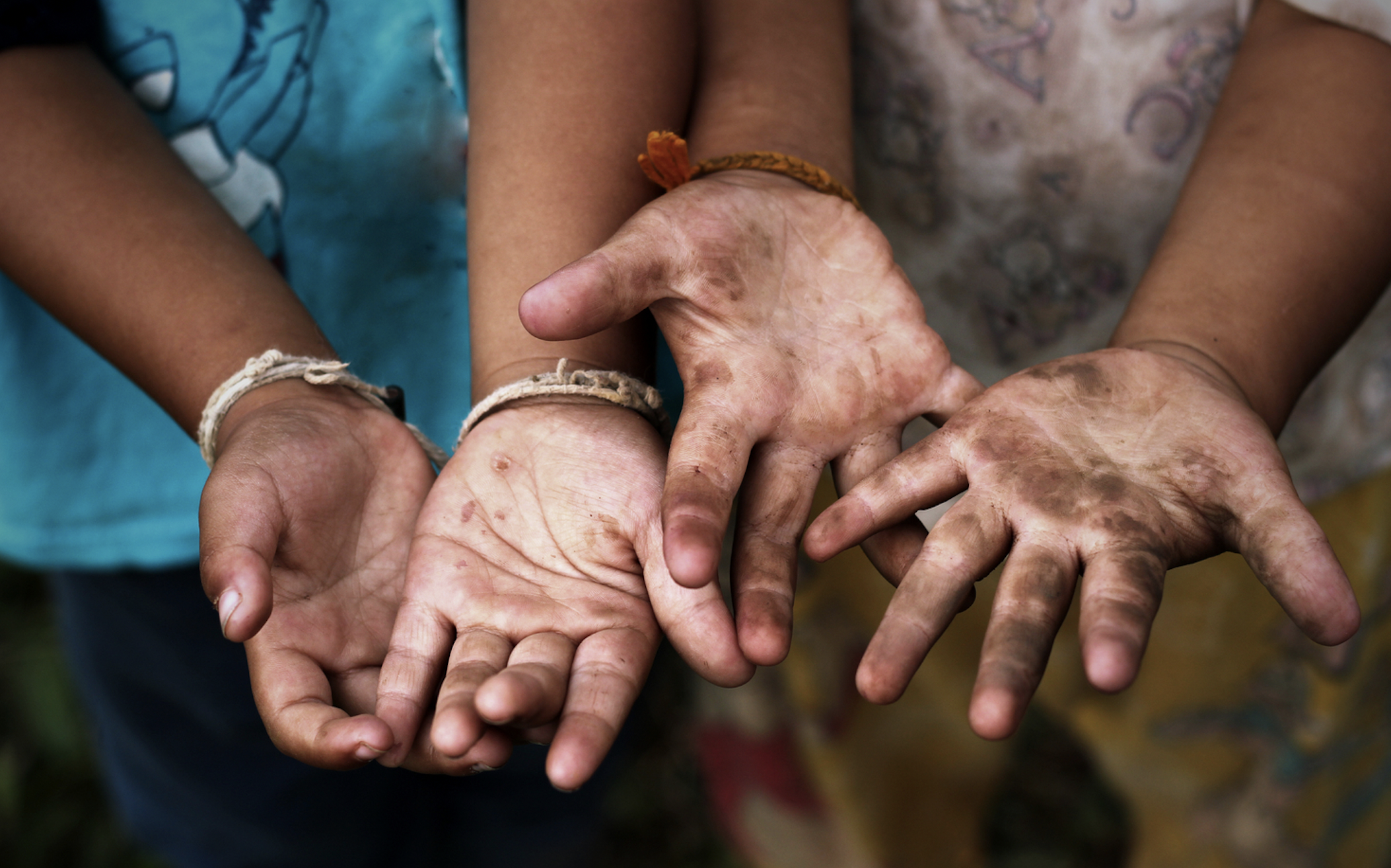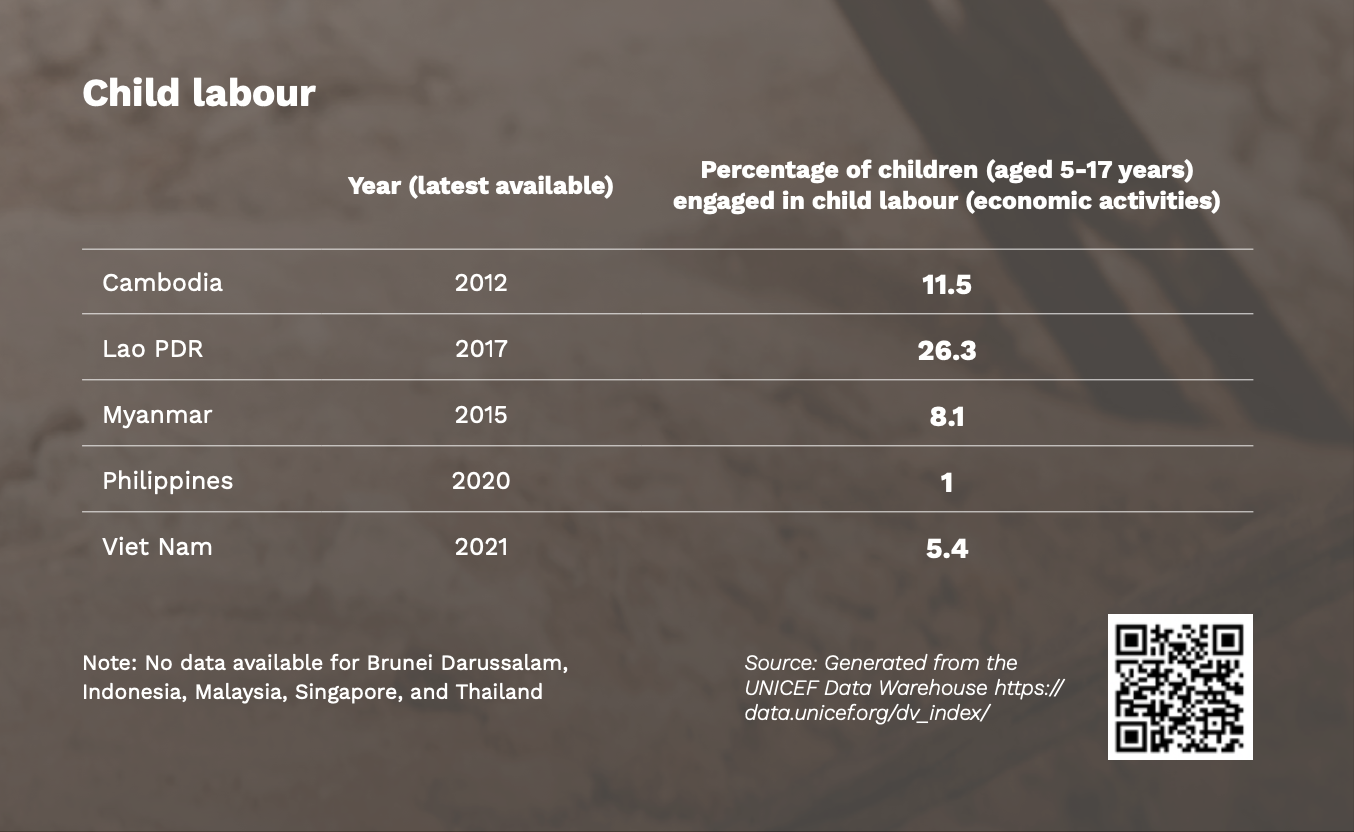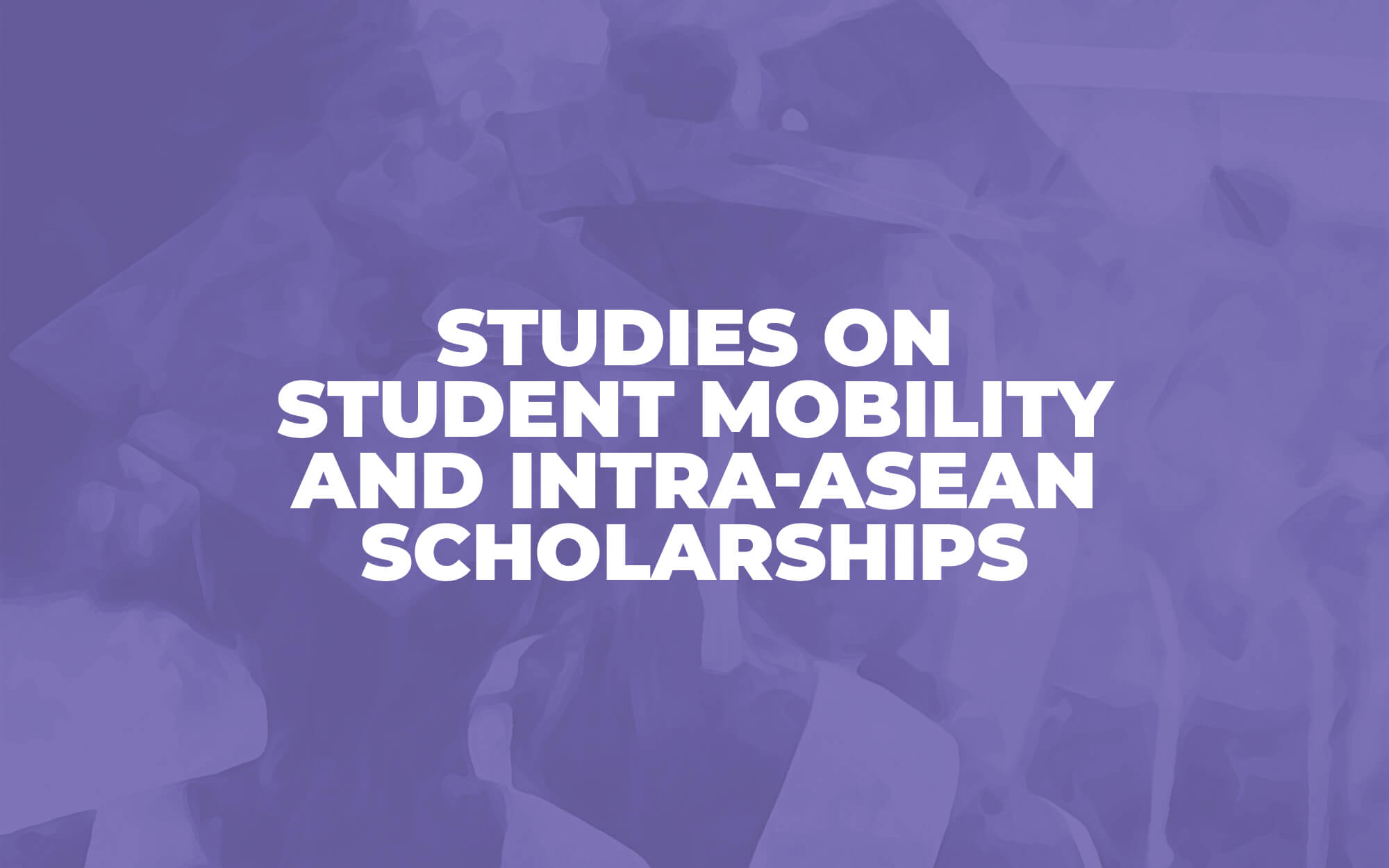





The call for impactful and sustainable actions to end child labour is more urgent now, as the world faces a protracted pandemic and an impending global economic crisis. For over a decade, ASEAN has joined forces to combat the worst forms of child labour as part of its broader vision of building an inclusive ASEAN Community.
According to ILO’s latest global estimates, 160 million children were in child labour globally at the beginning of 2020, accounting for almost one in 10 children worldwide. In the same year, 48.7 million children in the Asia Pacific region were in child labour— around 67 per cent of whom were boys. While this is a substantial figure, it is lower than the number of children in child labour recorded in 2016 at 62.1 million. In terms of percentage, Asia Pacific’s child labour rate had declined from 7.3 per cent in 2016 to 5.6 per cent in 2020.
In ASEAN, the prevalence of child labour remains significant despite the region’s steady economic growth. ASEAN is the fifth largest economy in the world based on its total combined GDP of 3.2 trillion US dollars in 2019. Following the economic impact of the pandemic, its GDP still stood at 3 trillion US dollars in 2020. Total trade values increased in 2021, and ASEAN’s economy was estimated to grow by 5 per cent this year (ASEAN, 2021). Still, poverty persists, especially in rural areas and is the root cause of various social problems, including child labour.
The pandemic has magnified the risks that children face, especially those from poorer families. For example, in 2022, the Asian Development Bank reported that 4.7 million people in the Southeast Asian region were pushed into extreme poverty due to the COVID-19 pandemic.
The ASEAN Rapid Assessment: The Impact of COVID-19 on Livelihoods across ASEAN conducted in 2020 noted that school-age children suffered from school closures and learning disruptions. For many of these children, school closures have resulted in them dropping out of school permanently. In the long run, this situation may increase the vulnerability of poor children to child labour.
Several ASEAN Member States have undertaken child labour surveys within the last 10-15 years (ASEAN Secretariat 2020). The result of the surveys showed the same pattern across the Member States: child labour incidence is much higher in remote rural areas than in urban areas, with the highest concentration in agriculture (including forestry and fishery), followed by the services and industry sectors. In sum, child workers are commonly found in the informal sector and are tapped for unpaid family work, keeping them out of school and depriving them of their right to education.
Acknowledging this situation, ASEAN and its Member States have prioritised eliminating child labour.
All ASEAN Member States have ratified ILO Convention 182 on the Worst Forms of Child Labour and ILO Convention 138 on Minimum Age. ILO Convention 138 sets the minimum age for employment at 15 years if the young person who wants to take up full-time work has completed compulsory education. Hazardous work is not allowed below the age of 18 years. Furthermore, all forms of slavery or practises similar to slavery against those below 18 years old are considered the worst forms of child labour and are prohibited.
Member States support the realisation of the Sustainable Development Goals (SDGs) target 8.7 on the elimination of forced labour by 2030 and the elimination of child labour by 2025. Member States are also committed to the UN Guiding Principles on Business and Human Rights (UNGP). Complementing these, the ASEAN Roadmap on the Elimination of the Worst Forms of Child Labour by 2016 was adopted by labour ministers more than
a decade ago. The Roadmap was then renewed for completion by 2025.
Building upon achievements and lessons learned from the implementation of the 2016 ASEAN Roadmap and other relevant regional instruments, the 2025 Roadmap provides a region-wide framework of cooperation that reinforces Member States’ actions against child labour at national and global levels. Joint initiatives are ongoing in three focus areas: prohibiting child labour practices and promoting good governance for the elimination of child labour; prevention of child labour practices; and protection of children.
ASEAN bodies’ initiatives contributing directly or indirectly to eliminating the worst forms of child labour are consolidated in the Roadmap. Joint efforts on labour inspection, human trafficking prevention, social welfare, rural development, poverty eradication, education, protection of children’s rights, and statistics, among others, were identified. The Roadmap is also supported by a monitoring framework that will enable ASEAN bodies to measure achievements by 2025.
The Roadmap is not a stand-alone document but is reinforced in other ASEAN commitments that, together, foster a holistic approach to addressing child labour issues, including:
- Vientiane Declaration on Transition from Informal Employment to Formal Employment towards Decent Work Promotion in ASEAN
- ASEAN Declaration on Strengthening Education for Out-of-school Children and Youth
- ASEAN Declaration on Strengthening Social Protection
- Declaration on the Elimination of Violence against Women and Elimination of Violence against Children in ASEAN
- Declaration on the Protection of Children from All Forms of Online Exploitation and Abuse in ASEAN
- ASEAN Declaration on the Rights of Children in the Context of Migration
- ASEAN Convention against Trafficking in Persons, Especially Women and Children
While its collective efforts to eliminate child labour have been very encouraging, ASEAN will not be complacent.
In the digital era, rapid internet penetration in the region comes with jobs and economic growth opportunities. However, it also presents challenges such as increased children’s exposure to various forms of online exploitation. A 2016 study by the OECD or the Organization for Economic Cooperation and Development states, “forced labour and child labour could—possibly unknowingly—be exploited in platform markets. While, to date, no evidence exists on this issue, buyers of digital services delivered over the Internet have difficulties in verifying who produces the service and under which conditions. Simple click-work, for example, could be performed by children, who might even be systematically exploited by intermediaries that organise “click factories.”
It is evident that there are still many more that could and should be done. Media campaigns to raise public awareness on ways to prevent child labour and protect children from such risks should continue. Alternative education models should be available in rural and remote areas. Access to inclusive social protection must be prioritised in the rural development agenda. Responsible business should continue to be promoted by registering small businesses in the informal economy. ASEAN is on track with the implementation of the Roadmap. Together, Member States can boost the resilience of this region against all forms of child labour.









